The Knoxville Museum of Art (in Knoxville, Tenn., naturally) is a very small art museum–even smaller since two of their five main exhibit halls were closed on our visit.
But since admission was free, and the museum was very close to another attraction we wanted to see, and two of the open galleries were of interest to us, we popped in for one of our shortest-ever art museum visits–perhaps 20 minutes in total.
The “Facets of Modern and Contemporary Glass” exhibit also had some interesting pieces, though it was little more than a hallway with a handful of items on display.

The highlight of the museum for us was the Thorne Rooms, which features miniature rooms designed by Narcissa Niblack Thorne of Chicago, Ill. Mrs. Thorne traveled extensively in Europe, where she collected miniature furniture and accessories. She then had cabinetmakers build rooms from her drawings, at a scale of one inch to one foot. She painted and stained the woodwork, added wallpapers, made textiles for the rooms, and assembled the scenes.
As many of the rooms featured here are her earlier works from the 1930s and 1940s, they contain many pieces from her travels.

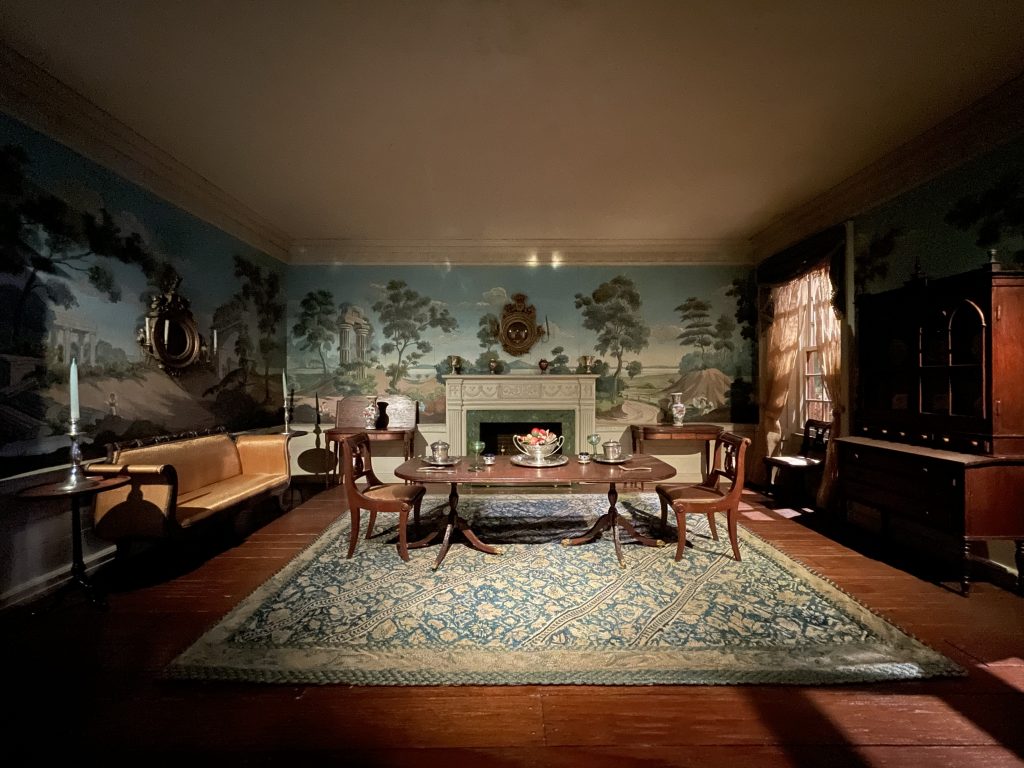
Mrs. Thorne created nearly 100 of these rooms over her lifetime (1882 – 1966), hiring professionals to help with authenticity.
The rooms were displayed in several World’s Fairs and at the Art Institute of Chicago. The Knoxville Museum of Art is one of five museums in the country to have a collection of Thorne Rooms today.
The details were amazing! A gallery guide and video can be found on the museum’s website with lots of great pictures and information, and is worth a look if you’re at all interested.
We also enjoyed the installation by Richard Jolley, Cycle of Life: Within the Power of Dreams and the Wonder of Infinity.
It is the largest figural glass installation in the world and required structural modifications to the building in order to install it!
During our visit, a wedding reception was being set up beneath it so we were only able to get a good look at the glass portions hanging from the ceiling, representing the sky.

The museum’s history dates to 1961, when it opened as the Dulin Gallery of Art in a historic house. However, the lack of security and climate control prevented its accreditation by the American Association of Museums, so they moved to their current 53,000-square-foot space building in 1990.
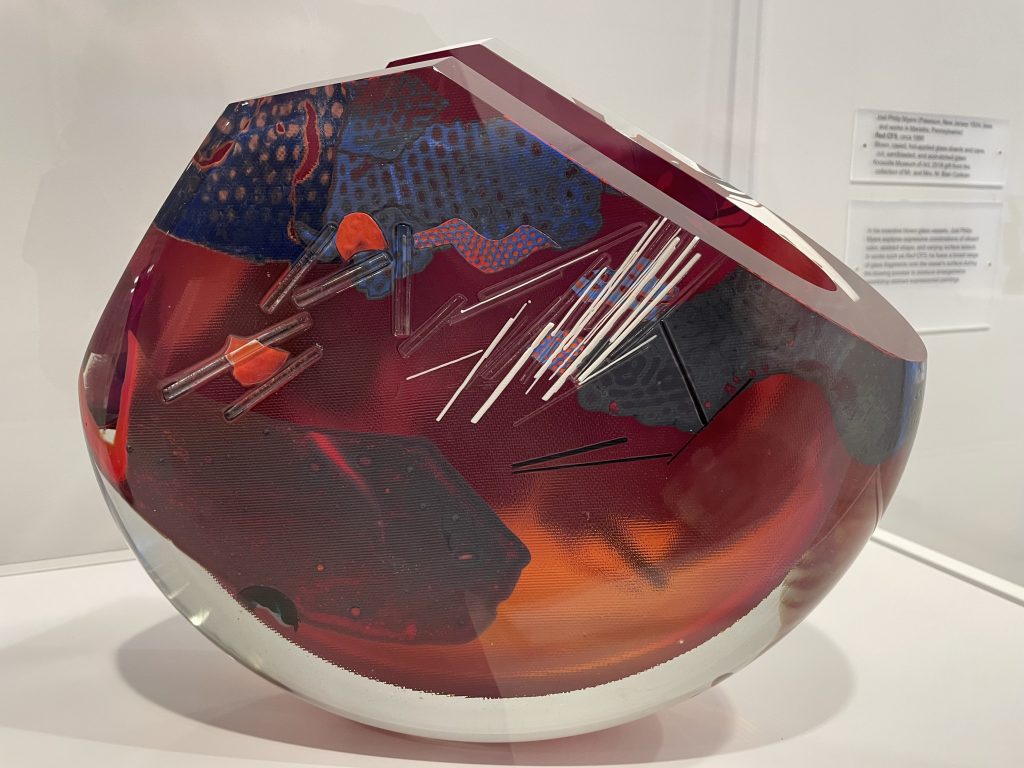
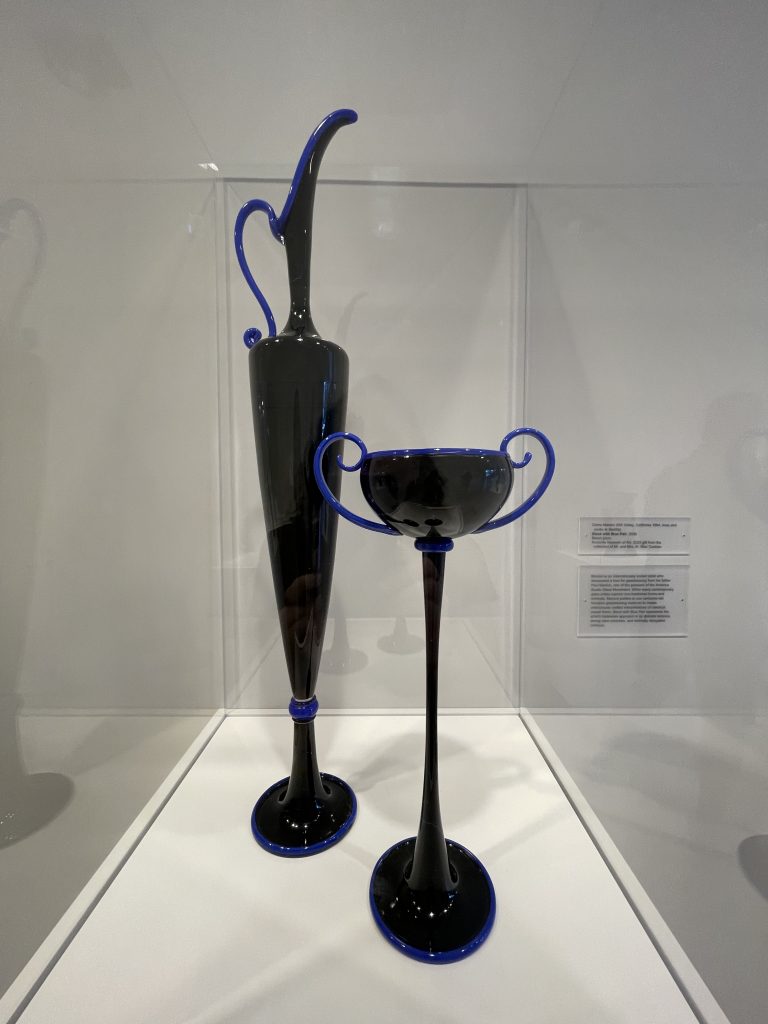
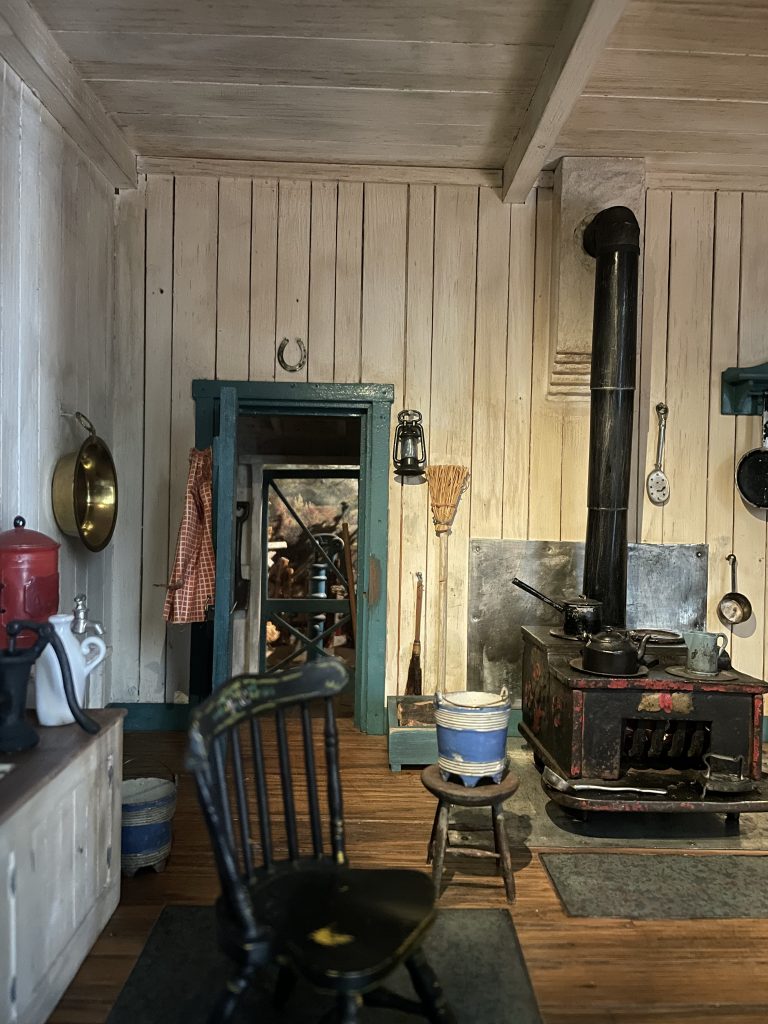
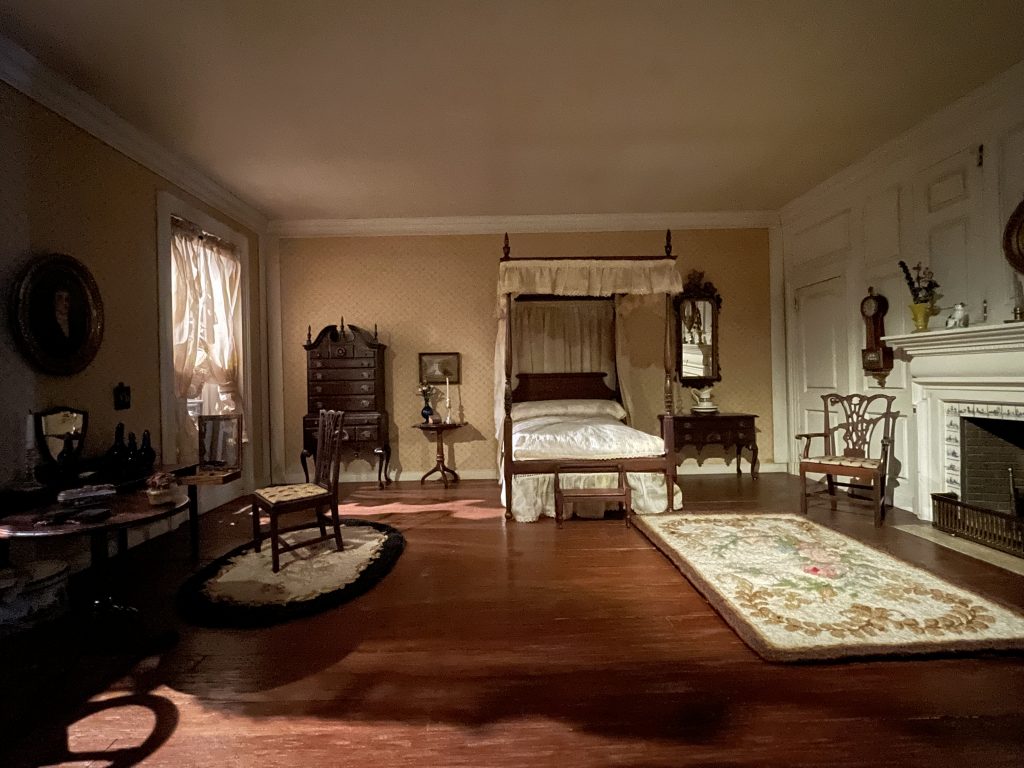

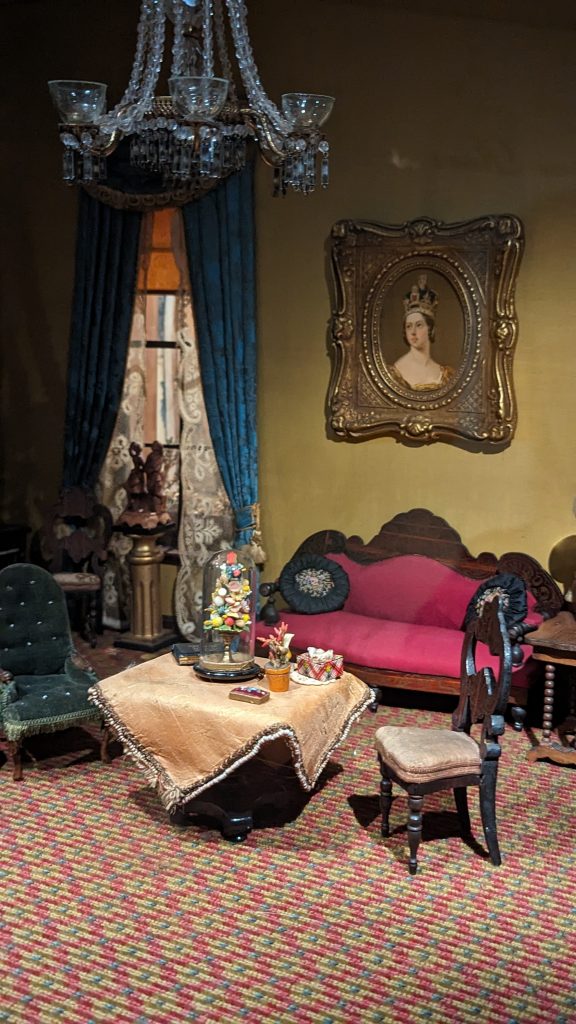
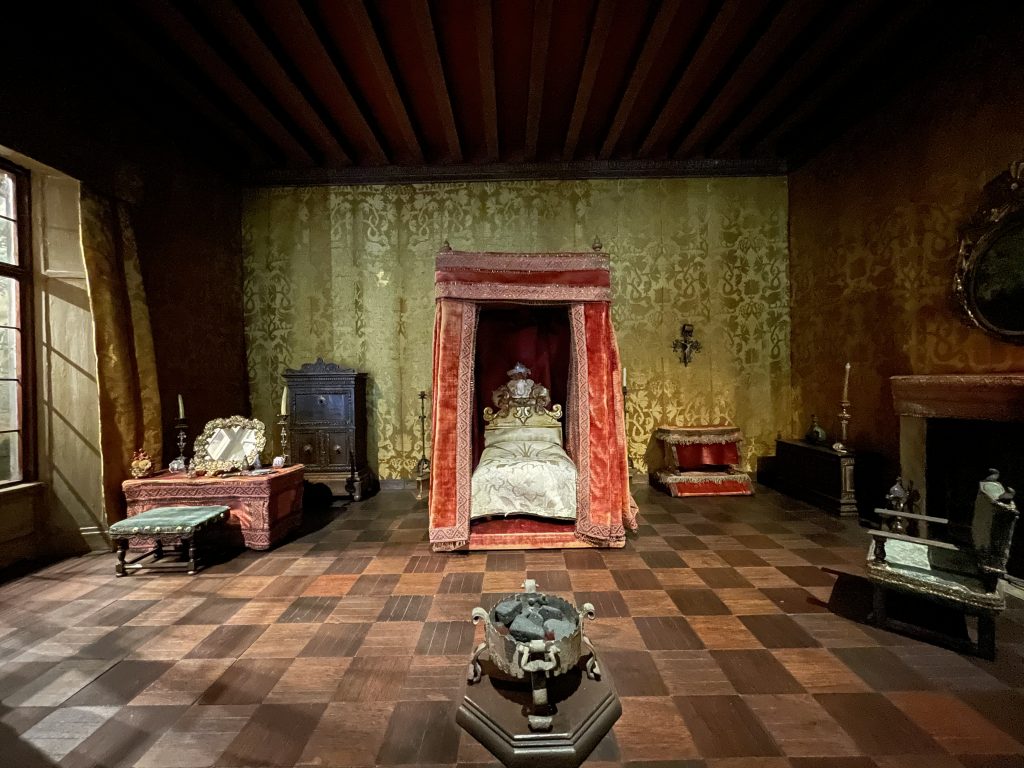
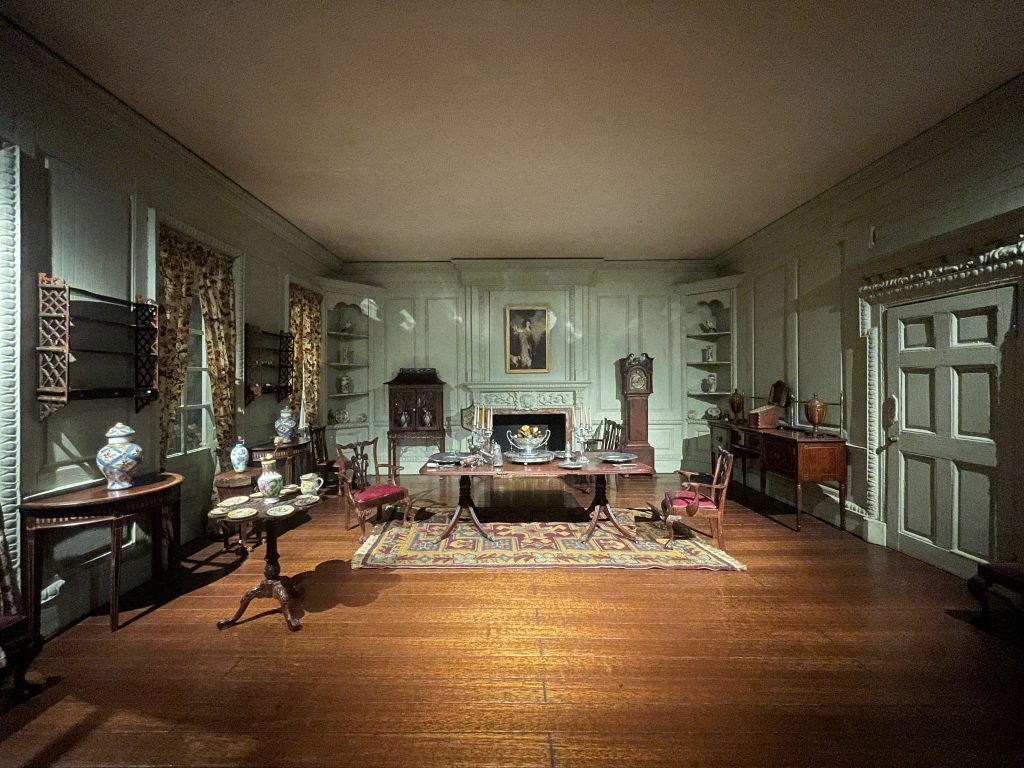





One thought on “Knoxville Museum of Art”